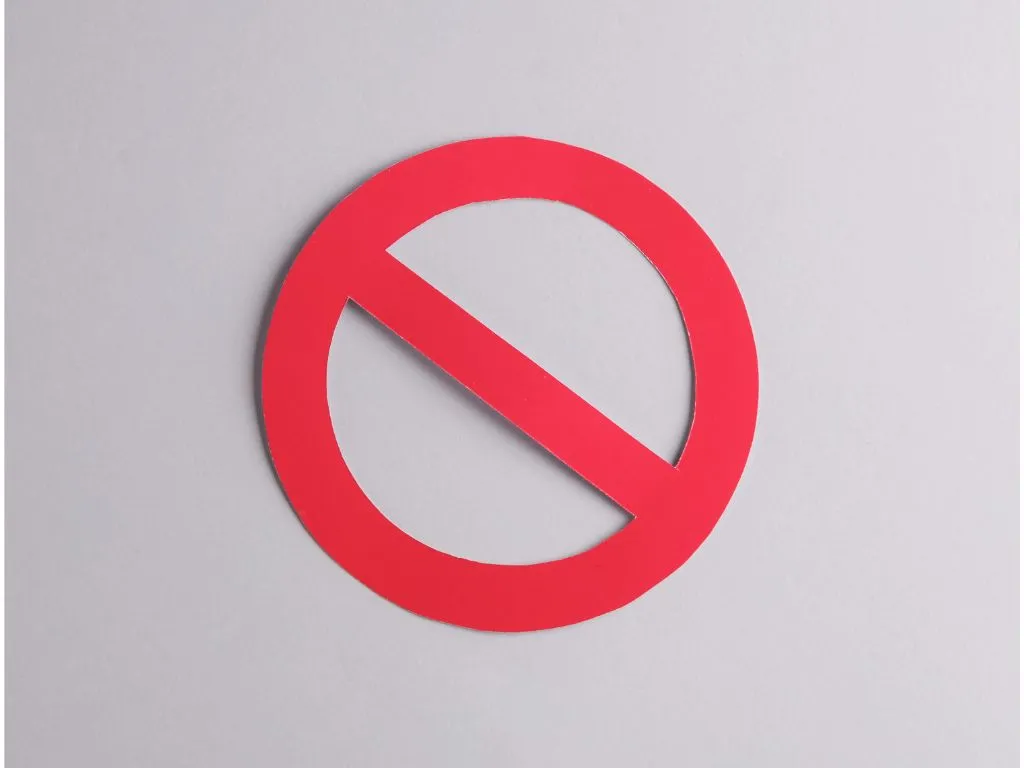- Home
- News Details
News Details

Singapore Strengthens Hazardous Substances Regulations Under Environmental Protection and Management Act
2025-02-20 Reference source : Government Gazette Singapore
Mercury POPs Singapore Hazardous Substances Regulations Environmental Protection and Management Act Stockholm Convention Compliance Long-Chain Perfluorocarboxylic Acids LC-PFCA Medium-Chain Chlorinated Paraffins MCCP
In a significant move to enhance environmental safety, Singapore's National Environment Agency (NEA) has announced amendments to the Environmental Protection and Management Act 1999, specifically targeting hazardous substances. These amendments, which were published in the Government Gazette on January 31, 2025, will take effect from August 1, 2025.
New Restrictions on Stockholm Convention-listed Substances
The NEA has extended the list of hazardous substances to include:
-
Long-Chain Perfluorocarboxylic Acids (LC-PFCAs): These synthetic chemicals (C9-C21) are highly persistent in the environment and pose potential health risks. LC-PFCAs were added to the Stockholm Convention’s list of persistent organic pollutants (POPs) in 2023, requiring global action to eliminate their production and use.
-
Medium-chain chlorinated paraffins (MCCPs): With chain lengths between C14 and C17, MCCPs are widely used in industrial applications, but have been classified as POPs under the Stockholm Convention due to their bioaccumulative and toxic properties.
Singapore’s decision to regulate these substances is in line with its commitment to international chemical safety standards and environmental protection. These amendments follow a public consultation held in 2023, during which stakeholders were invited to provide feedback on the proposed regulatory changes. More details on the consultation can be found here.
Revised Mercury Regulations
In a concerted effort to reduce mercury pollution, the NEA has updated the regulations on mercury and its compounds:
-
Controlled Electrical and Electronic Equipment (EEE): Mercury content is now restricted to a maximum of 0.1% by weight in homogeneous materials within EEE.
-
Batteries: The permitted mercury content is limited to 0.0005% by weight per cell, including button cells.
-
Fluorescent Lamps: Specific limits have been set for mercury content of different types of lamps, such as circular and linear fluorescent lamps, in order to promote safer alternatives.
-
Measuring Devices: Certain high-precision instruments containing mercury are exempted only if no suitable mercury-free alternatives are available.
These strong measures reflect Singapore's commitment to meeting international environmental standards and protecting public health.
Timeline for Implementation
All stakeholders, including manufacturers, importers, and users of the specified substances and products, are required to comply with the new regulations by August 1, 2025. This transition period will allow industry sufficient time to adapt to the updated standards and implement any necessary changes.
Detailed information can be found in the official publications here and here.
These proactive steps underscore Singapore's commitment to promoting a safer and more sustainable environment for all.
We acknowledge that the above information has been compiled from Government Gazette Singapore.
Global Product Compliance (GPC) specializes in Global Regulatory Compliance Solutions across sectors
globally. SSS Europe, a familiar name in chemical regulatory and compliance services now formally belongs
under the umbrella of GPC Holding Sweden.
Since 2008, we have emerged as one of the leading names among Global Regulatory Compliance Service
Providers with Representation services in Europe, Asia and Middle East for respective chemical
regulations.

 Twitter
Twitter
